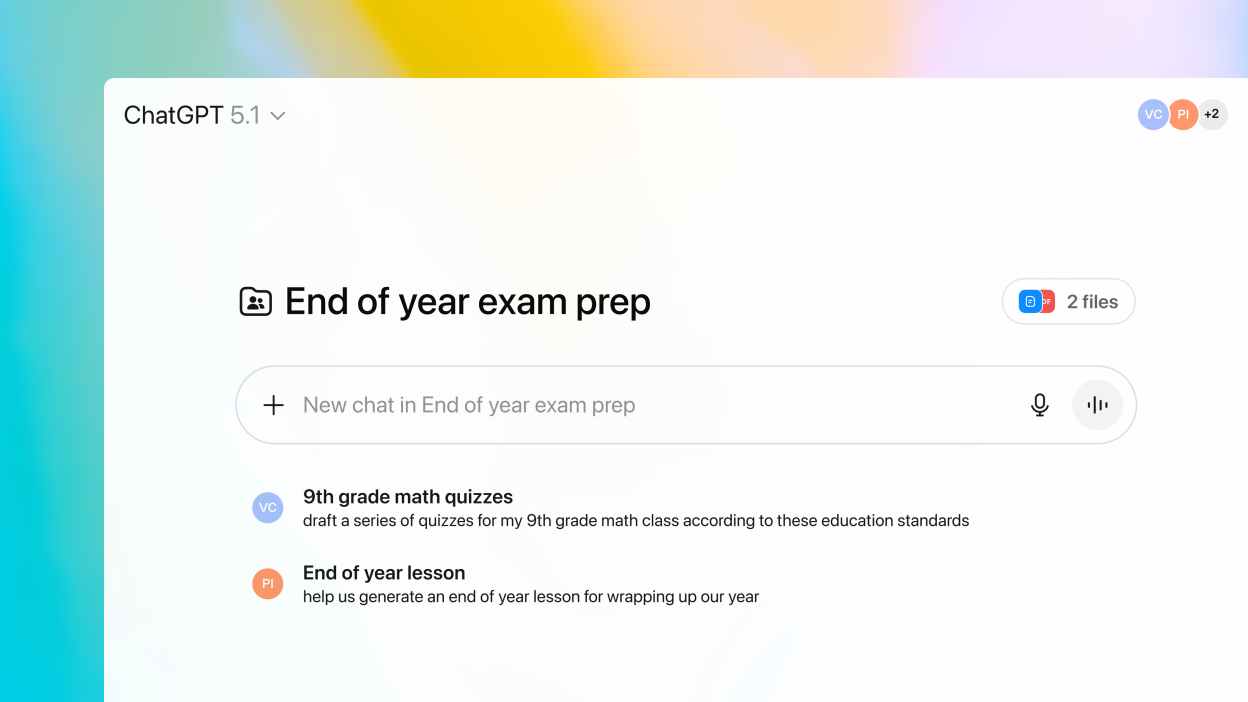OpenAI’s introduction of ChatGPT for Teachers reflects the company’s ongoing effort to position its tools as part of everyday classroom workflows, though the long-term impact of large language models on education remains far from settled. The new workspace, offered only to verified educators and school leaders, aims to provide a controlled environment where teachers can use ChatGPT 5.1 Auto with fewer limitations. That includes unlimited messages, search integration, file uploads, connectors, and image generation, along with onboarding formats geared toward classroom tasks and administrative responsibilities. According to the company, the rollout has already reached 150,000 teachers and staff across U.S. districts.
A central piece of the offering is its emphasis on compliance. ChatGPT for Teachers is built around what OpenAI describes as education-grade privacy and security standards designed to align with federal guidelines such as FERPA. In practice, this means the workspace cannot retain student data for model training — a concern that many districts, unions, and parents have voiced as AI tools increasingly appear in classrooms. How thoroughly these protections hold up in real implementation will be a critical factor in determining whether more districts move forward with similar systems.
Collaboration is another selling point. Educators and administrators can work together on shared projects, lesson plans, and custom GPTs within the workspace, importing materials from Google Drive and Microsoft 365 to provide context for assignments, grading, or data analysis. These integrations reflect a broader trend toward embedding AI assistants into the productivity ecosystems schools already rely on, though the actual usefulness of such tools varies depending on subject matter and teacher familiarity with AI-based workflows.
For now, the service is free to eligible educators through June 2027, which lowers the barrier for districts exploring AI-assisted planning or administrative relief. Whether that free period eventually transitions into a subscription model remains to be seen, especially as budget-constrained school systems weigh the value of adding yet another digital platform to their toolkits.
OpenAI often frames teachers as central to what it calls education’s AI transformation, and the company has been working to influence how both K–12 and higher-education institutions approach these tools. Recent initiatives include professional development partnerships with the American Federation of Teachers, agreements that give students direct access to ChatGPT, and consultations with international education ministries. The broader question is how these efforts will shape the expectations of future classrooms — and whether educators will ultimately see AI workspaces as practical aids or as another demand on their already limited time.






